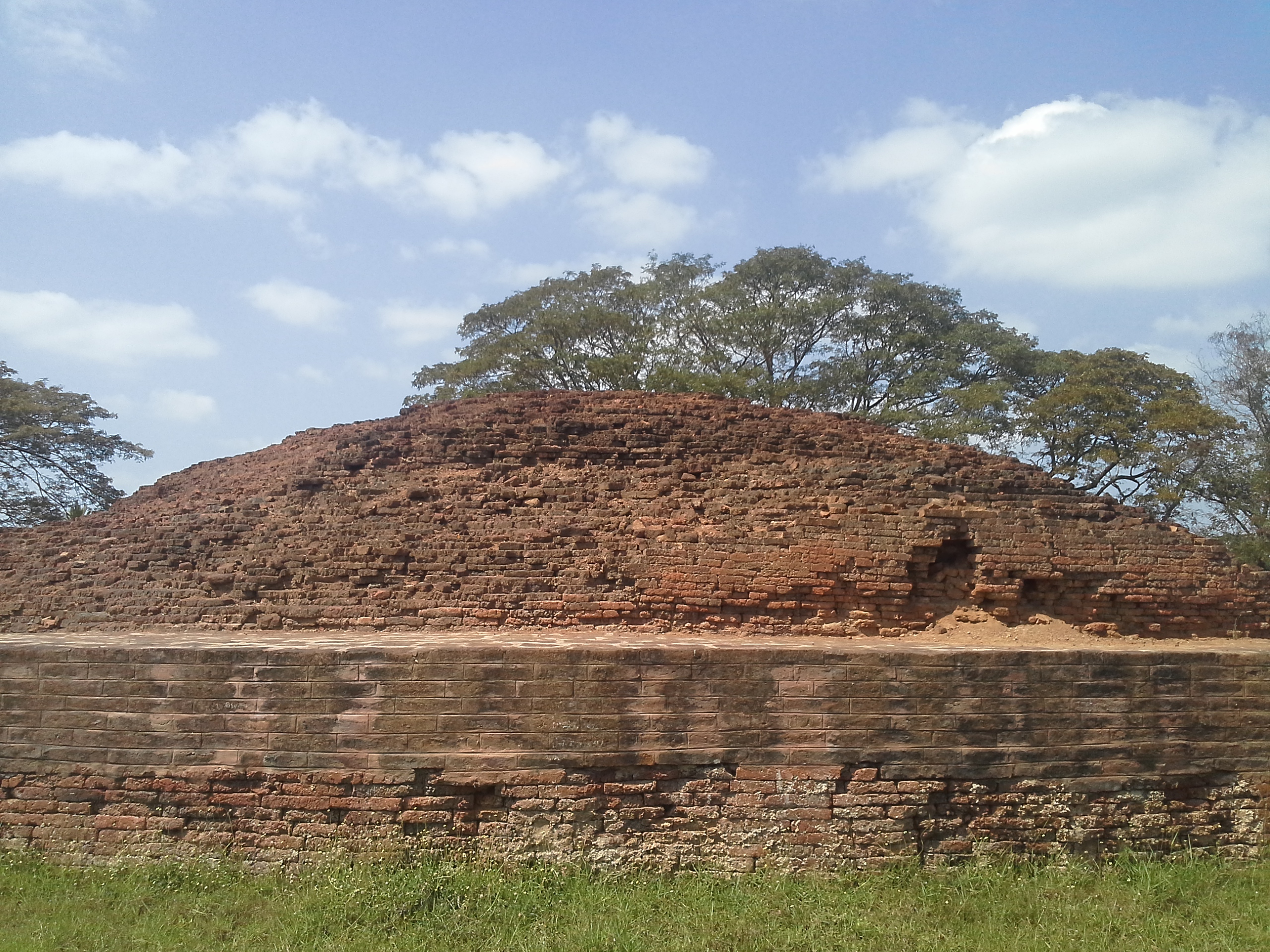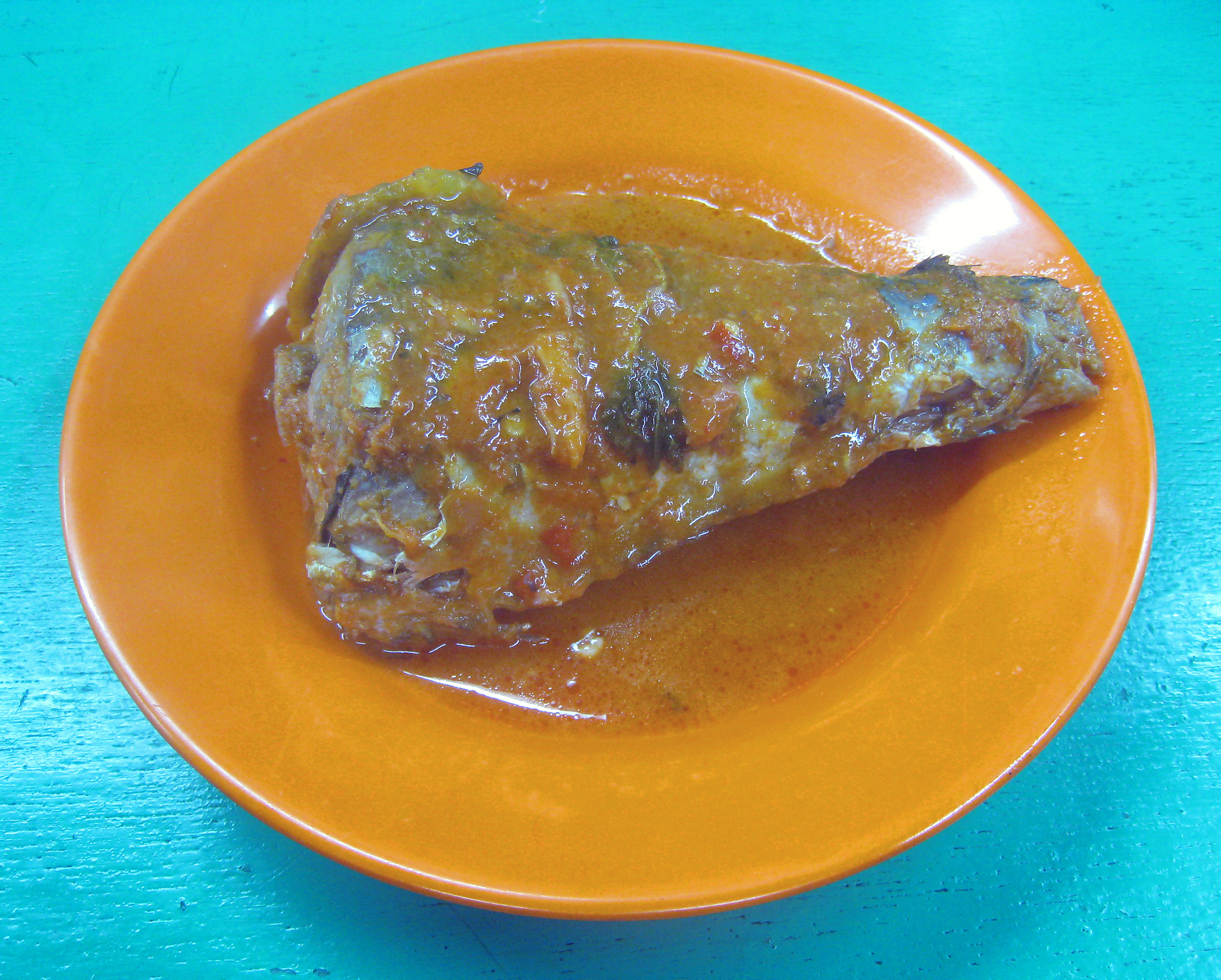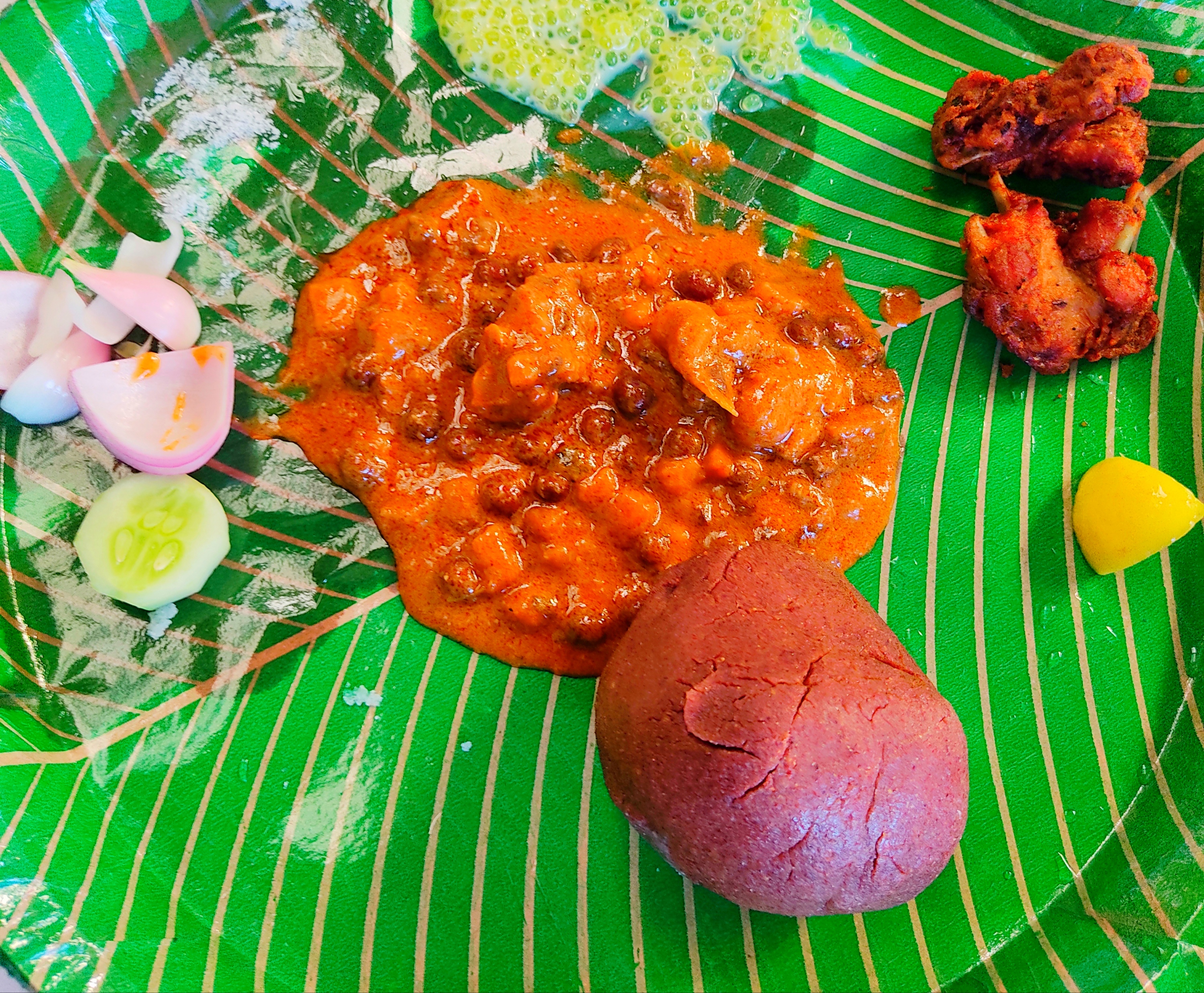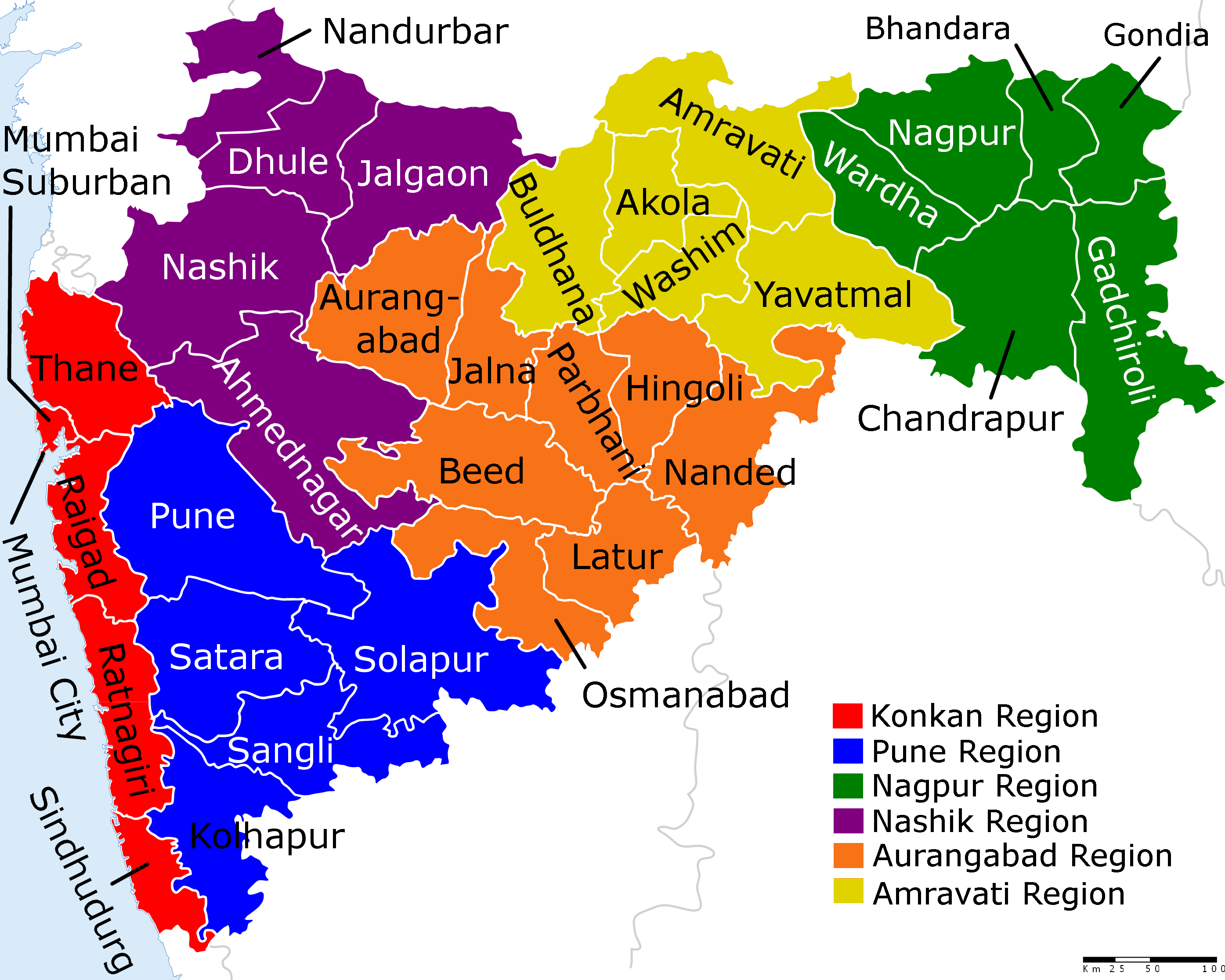|
Sambar (dish)
Sāmbār, or Sambhar is a lentil-based vegetable spiced curry or stew, cooked with pigeon pea and tamarind broth. It originates in South Indian cuisine and is popular in other parts of India. History The recorded history of sambar is vague. According to food historian K. T. Achaya, the earliest extant reference to sambar, as "huli", can be dated to the 17th century in present-day Karnataka. ''Kanthirava Narasaraja Vijaya'', a 1648 text by the Kannada scholar Govinda Vaidya, mentions huli (puli) (literally "sourness"), a curry similar to the modern sambar, made with vegetables and toor dal. According to a legend, sambar was first made in the Thanjavur Maratha kingdom during the reign of Shahuji I (r. 1684–1712). The legend states that during a visit by Sambhaji, a king or his royal chef substituted kokum with tamarind in the traditional ''amti'' (lentil soup), and added some vegetables to it: the resulting curry was named ''sambar'' or ''sambhar'' after Sambhaji. Sourish Bha ... [...More Info...] [...Related Items...] OR: [Wikipedia] [Google] [Baidu] |
India
India, officially the Republic of India, is a country in South Asia. It is the List of countries and dependencies by area, seventh-largest country by area; the List of countries by population (United Nations), most populous country since 2023; and, since its independence in 1947, the world's most populous democracy. Bounded by the Indian Ocean on the south, the Arabian Sea on the southwest, and the Bay of Bengal on the southeast, it shares land borders with Pakistan to the west; China, Nepal, and Bhutan to the north; and Bangladesh and Myanmar to the east. In the Indian Ocean, India is near Sri Lanka and the Maldives; its Andaman and Nicobar Islands share a maritime border with Thailand, Myanmar, and Indonesia. Modern humans arrived on the Indian subcontinent from Africa no later than 55,000 years ago., "Y-Chromosome and Mt-DNA data support the colonization of South Asia by modern humans originating in Africa. ... Coalescence dates for most non-European populations averag ... [...More Info...] [...Related Items...] OR: [Wikipedia] [Google] [Baidu] |
Andhra Pradesh
Andhra Pradesh (ISO 15919, ISO: , , AP) is a States and union territories of India, state on the East Coast of India, east coast of southern India. It is the List of states and union territories of India by area, seventh-largest state and the List of states and union territories of India by population, tenth-most populous in the country. Telugu language, Telugu is the most widely spoken language in the state, as well as its official language. Amaravati is the state capital, while the largest city is Visakhapatnam. Andhra Pradesh shares borders with Odisha to the northeast, Chhattisgarh to the north, Karnataka to the southwest, Tamil Nadu to the south, Telangana to northwest and the Bay of Bengal to the east. It has the Coastline of Andhra Pradesh, third-longest coastline in India at about . Archaeological evidence indicates that Andhra Pradesh has been continuously inhabited for over 247,000 years, from early archaic Hominini, hominins to Neolithic settlements. The earliest r ... [...More Info...] [...Related Items...] OR: [Wikipedia] [Google] [Baidu] |
List Of Stews
This is a list of notable stews. A stew is a combination of solid food ingredients that have been cooked in liquid and served in the resultant gravy. Ingredients in a stew can include any combination of vegetables, such as carrots, potatoes, beans, onions, peppers, tomatoes, etc., and frequently with meat, especially tougher meats suitable for moist, slow cooking, such as beef chuck or round. Poultry, pork, lamb or mutton, sausages, and seafood Seafood is any form of Marine life, sea life regarded as food by humans, prominently including Fish as food, fish and shellfish. Shellfish include various species of Mollusca, molluscs (e.g., bivalve molluscs such as clams, oysters, and mussel ... are also used. Stews See also * Fish stew – includes a list of many fish stews * List of Azerbaijani soups and stews * List of fish and seafood soups * List of Japanese soups and stews * List of soups * List of Spanish soups and stews References {{Soups ... [...More Info...] [...Related Items...] OR: [Wikipedia] [Google] [Baidu] |
List Of Soups
This is a list of notable soups. Soups have been made since ancient times. Some soups are served with large chunks of meat or vegetables left in the liquid, while others are served as a broth. A broth is a flavored liquid usually derived from boiling a type of meat with bone, a spice mix, or a vegetable mix for a period of time in a stock. A potage is a category of thick soups, stews, or porridges, in some of which meat and vegetables are boiled together with water until they form a thick mush. Bisques are heavy cream soups traditionally prepared with shellfish, but can be made with any type of seafood or other base ingredients. Cream soups are dairy based soups. Although they may be consumed on their own, or with a meal, the canned, condensed form of cream soup is sometimes used as a quick sauce in a variety of meat and pasta convenience food dishes, such as casseroles. Similar to bisques, chowders are thick soups usually containing some type of starch. Coulis were ... [...More Info...] [...Related Items...] OR: [Wikipedia] [Google] [Baidu] |
Cuisine Of Kerala
Kerala cuisine is a culinary style originated in the Kerala, a state on the southwestern Malabar Coast of India. Kerala cuisine offers a multitude of both vegetarian and non-vegetarian dishes prepared using fish, poultry and red meat with rice as a typical accompaniment. Chillies, curry leaves, coconut, mustard seeds, turmeric, tamarind, asafoetida and other spices are also used in the preparation. Kerala is known as the "Land of Spices" because it traded spices with Europe as well as with many ancient civilizations with the oldest historical records of the Sumerians from 3000 BCE. Historical and cultural influences In addition to historical diversity, cultural influences, particularly the large introduction of Muslims and Christians, have also added unique dishes and styles to Kerala cuisine, especially non-vegetarian dishes. Some Hindus in Kerala do not consume beef and pork according to religious dietary restrictions. Most Muslims do not eat pork and other food forbid ... [...More Info...] [...Related Items...] OR: [Wikipedia] [Google] [Baidu] |
Cuisine Of Karnataka
Dating back to the Iron Age, Karnataka’s cuisine is said to be one of the oldest surviving in the country. Karnataka cuisine includes the cuisines of the different regions and communities of the Indian state of Karnataka, namely, Uttara Karnataka cuisine, Dakshina Karnataka cuisine, Udupi cuisine, Mangalurean cuisine, Kodava cuisine, Saraswat cuisine, Mangalurean Catholic cuisine and Navayath Muslim cuisine. * Avalakki - Flattened parboiled rice cooked with spices. In Karnataka avalakki can be eaten with majjige or Gojju * Raagi Mudde -It is very popular with the rural Karnataka. Eaten this with Bassaaru and Upasaaru. *Upasaaru - Simple sambar. It is prepared with salt, water, grams, vegetables and some chillies. * Bassaaru - Prepared by using decanted water of dal and greens * Mysore Pak - Very popular sweet dish which is prepared by using gram flour and ghee * Bisi Bele Bath- is a spicy rice based dish. It is originated in Mysore, Karnataka and from there spr ... [...More Info...] [...Related Items...] OR: [Wikipedia] [Google] [Baidu] |
Cuisine Of Maharashtra
Maharashtrian or Marathi cuisine is the cuisine of the Marathi people from the Indian state of Maharashtra. It has distinctive attributes, while sharing much with other Indian cuisines. Traditionally, Maharashtrians have considered their food to be more austere than others. Maharashtrian cuisine includes mild and spicy dishes. Wheat, rice, ''jowar'', ''bajri'', vegetables, lentils and fruit are dietary Staple food, staples. Peanuts and cashews are often served with vegetables. Meat was traditionally used sparsely or only by the well-off until recently, because of economic conditions and culture. The urban population in metropolitan cities of the state has been influenced by cuisine from other parts of India and abroad. For example, the South Indian dishes ''idli'' and ''Dosa (food), dosa'', as well as Indian Chinese cuisine, Chinese and Western dishes such as pizza, are popular in home cooking and in restaurants. Distinctly Maharashtrian dishes include ''ukdiche modak'', , ''kan ... [...More Info...] [...Related Items...] OR: [Wikipedia] [Google] [Baidu] |
Cuisine Of Tamil Nadu
Tamil cuisine is a generic term used to describe culinary practices among Tamil-speaking populations, originating from Southern India and neighboring Sri Lanka. It encompasses several distinct styles of cuisine or cooking repertoires, which can be divided at a basic level into "regular" Tamil cuisine of Southeastern India and Sri Lankan Tamil cuisine. The former is a fundamental part of what is now known as South Indian cuisine, with deep connections to other cooking styles of the southern Deccan. The second is distinct to the Tamil-speaking populations natives to Ceylon, co-formed with other cooking styles unique to Sri Lanka (Sri Lankan cuisine), sharing significant culinary links with Southwestern India and Southeast Asia. Meats, along with rice, legumes, and lentils, are popular. Dairy products and tamarind are used to provide sour flavors. On special occasions, traditional Tamil dishes are served in a traditional manner, using banana leaves in place of utensils. After ... [...More Info...] [...Related Items...] OR: [Wikipedia] [Google] [Baidu] |
Andhra Cuisine
Andhra cuisine, culturally known as Telugu cuisine, is a cuisine of India native to the state of Andhra Pradesh and is the culinary style of Telugu people. It is generally known for its tangy, hot, and spicy taste. Regional variations The regions of Coastal Andhra (including Uttarandhra and Dakshinandhra), and Rayalaseema all produce distinctive variations of Andhra cuisine. Rice is the staple in the irrigated regions of Andhra and Rayalaseema. Finger millet, Ragi (రాగి) is also popular in Rayalaseema and Palnadu. The curries, snacks, and sweets produced in these areas vary in both name and method of preparation from region to region. Andhra Pradesh is the leading producer of red chili and rice in India. The concentration of red chili production in Andhra Pradesh has led to the liberal use of spices in Andhra cuisine. Vegetarian dishes, as well as meat, and seafood in coastal areas, feature prominently. Tomato pappu, gongura, and tamarind are widely used for cooking ... [...More Info...] [...Related Items...] OR: [Wikipedia] [Google] [Baidu] |
Kuzhambu
Kuḻambu (), is a tamarind-based stew in Tamil cuisine popular in Tamil Nadu and Sri Lanka that can include a variety of meat, vegetables, and in some cases, dal. Kuḻambu is based on a broth made with tamarind, a blend of spices that include ground coriander seeds, fenugreek, and toor dal, and can include fresh or dried vegetables, blended fresh coconut, or dried lentil balls (vadagam, ). It can be made watery like a broth or thick like a gravy. The dish is very popular as a side dish for rice in the northern regions of Sri Lanka and the southern regions of India, especially in Tamil Nadu, Karnataka, and Kerala. In Telangana and Andhra Pradesh, Kuḻambu is called Telugu cuisine, Pulusu. In Karnataka, it is called Karnataka cuisine, Saaru. The number of varieties of Kuḻambu are countless, with each region and community of Tamil Nadu preparing it with a typical variation, adapted to its taste and environment. It is a common misconception that lentils (''dal'') is a staple ... [...More Info...] [...Related Items...] OR: [Wikipedia] [Google] [Baidu] |
Kannada
Kannada () is a Dravidian language spoken predominantly in the state of Karnataka in southwestern India, and spoken by a minority of the population in all neighbouring states. It has 44 million native speakers, and is additionally a second or third language for 15 million speakers in Karnataka. It is the official and administrative language of Karnataka. It also has scheduled status in India and has been included among the country's designated classical languages.Kuiper (2011), p. 74R Zydenbos in Cushman S, Cavanagh C, Ramazani J, Rouzer P, ''The Princeton Encyclopedia of Poetry and Poetics: Fourth Edition'', p. 767, Princeton University Press, 2012, Kannada was the court language of a number of dynasties and empires of South India, Central India and the Deccan Plateau, namely the Kadamba dynasty, Western Ganga dynasty, Nolamba dynasty, Chalukya dynasty, Rashtrakutas, Western Chalukya Empire, Seuna dynasty, kingdom of Mysore, Nayakas of Keladi, Ho ... [...More Info...] [...Related Items...] OR: [Wikipedia] [Google] [Baidu] |
Tulu Language
The Tulu language (, Tigalari script: , Kannada script: , Malayalam script: ; ) is a Dravidian language whose speakers are concentrated in Dakshina Kannada and in the southern part of Udupi of Karnataka in south-western India and also in the northern parts of the Kasaragod district of Kerala. The native speakers of Tulu are referred to as Tuluva or Tulu people and the geographical area is unofficially called Tulu Nadu. The Indian census report of 2011 reported a total of 1,846,427 native Tulu speakers in India. The 2001 census had reported a total of 1,722,768 native speakers. There is some difficulty in counting Tulu speakers who have migrated from their native region as they are often counted as Kannada speakers in Indian census reports. Separated early from Proto-South Dravidian, Tulu has several features not found in Tamil–Kannada. For example, it has the pluperfect and the future perfect, like French or Spanish, but formed without an auxiliary ve ... [...More Info...] [...Related Items...] OR: [Wikipedia] [Google] [Baidu] |






